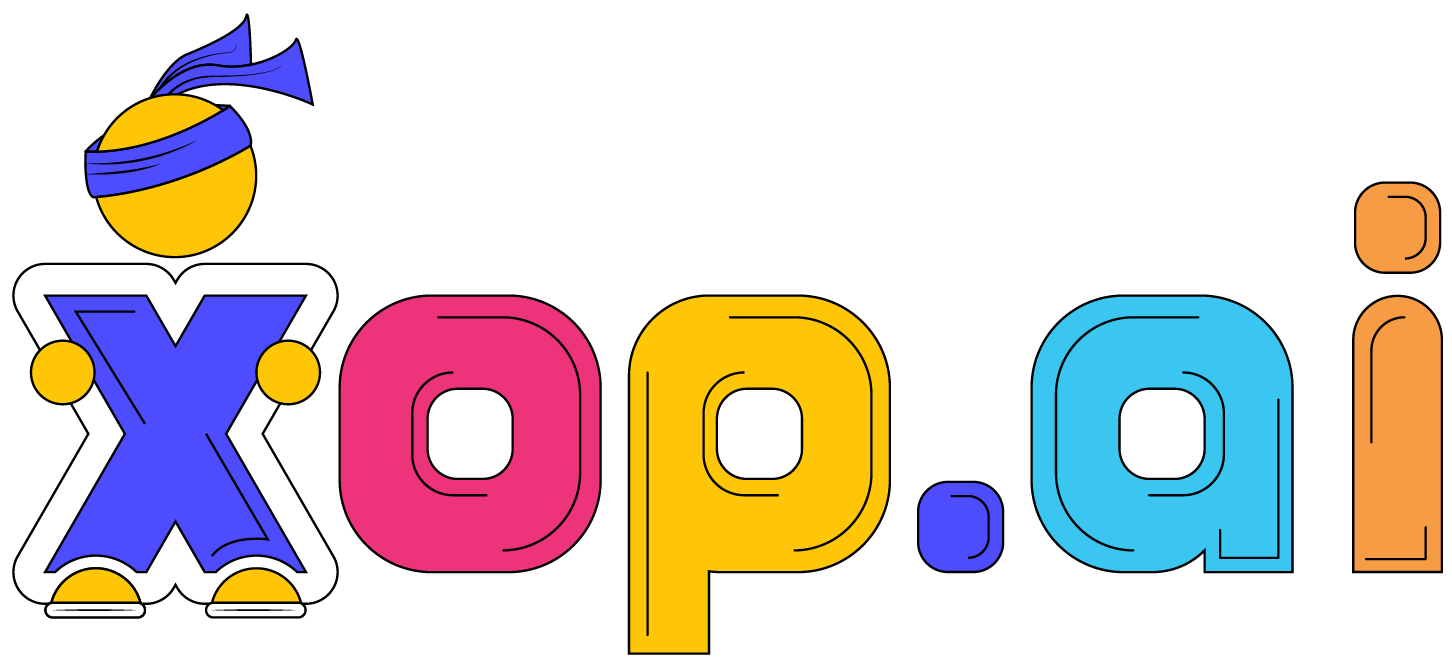Automation and AI is just one of those complicated topics that takes quite a bit of mental exercise to determine practical applications within your organization. And I think the “practical” adjective is important in the subject of automation and AI. It’s one of those projects that better have a good return on investment. During my talks with an organization’s leadership team, I am always inspired by the potential use cases uncovered during our talks.
Here are use cases from the point of view of the CEO / board, COO, IT Director, and HR lead.
- The CEO / board of directors understand that automation investments are critical to gaining or maintaining a competitive advantage. They are leery of AI, and concerned about data leakage, or that incorrect information is mistakenly acted on. The CEO tends to want “safe” initial automation and AI projects before taking on a larger implementation. They want AI, but on “guardrails”. And some in high tech agree including Google CEO Eric Schmidt.
- The COO / VP, Director of Operations grasps onto the promise of efficiently delivering the right information to the employee. Every company has those individuals who have all the knowledge stored in their heads and not on paper. AI and automation projects can serve as springboard to documenting all this know-how, and into the hands of staff. AI and knowledge management projects mitigate risk by forcing your organization’s most critical information assets to be documented and followed by all.
- The IT Director’s department is perhaps one of the easiest return on investment (ROI) business cases. In most organizations, self-help and automation are easy wins in the AI game. The new generation coming up into the work force prefer self-help over desk-side support. AI and automation can resolve a third of typical user issues – with only the balance moving over for an engineer to work on. Taking one-third of the tickets off the helpdesk is a gigantic win. The IT Director can then redirect those labor savings to proactive projects and user productivity gains.
- The Human Resources & Employee Benefits group is another area that is ripe for automation. The average onboarding document is extremely laborious and prone to human error. The provisioning of security rights, application accounts, and software installations usually involves many individuals across the enterprise. It’s hard to get it all right, and easy to make a bad impression for the new hire. Automation and AI requires investment on the front end to setup and deploy, but the benefits on the backend are easy to see anecdotally, and moreover simple to prove financially. Automating the onboarding process saves approximately twenty hours of labor per new staff member. Additionally, it is so important to make a good impression on a new hire. 50% of new hires are still entertaining job offers during their onboarding with your company.
Thanks for reading. If you want to have a conversation on automation and AI in your workplace, just book a time on my calendar. http://calendly.com/mattruck


